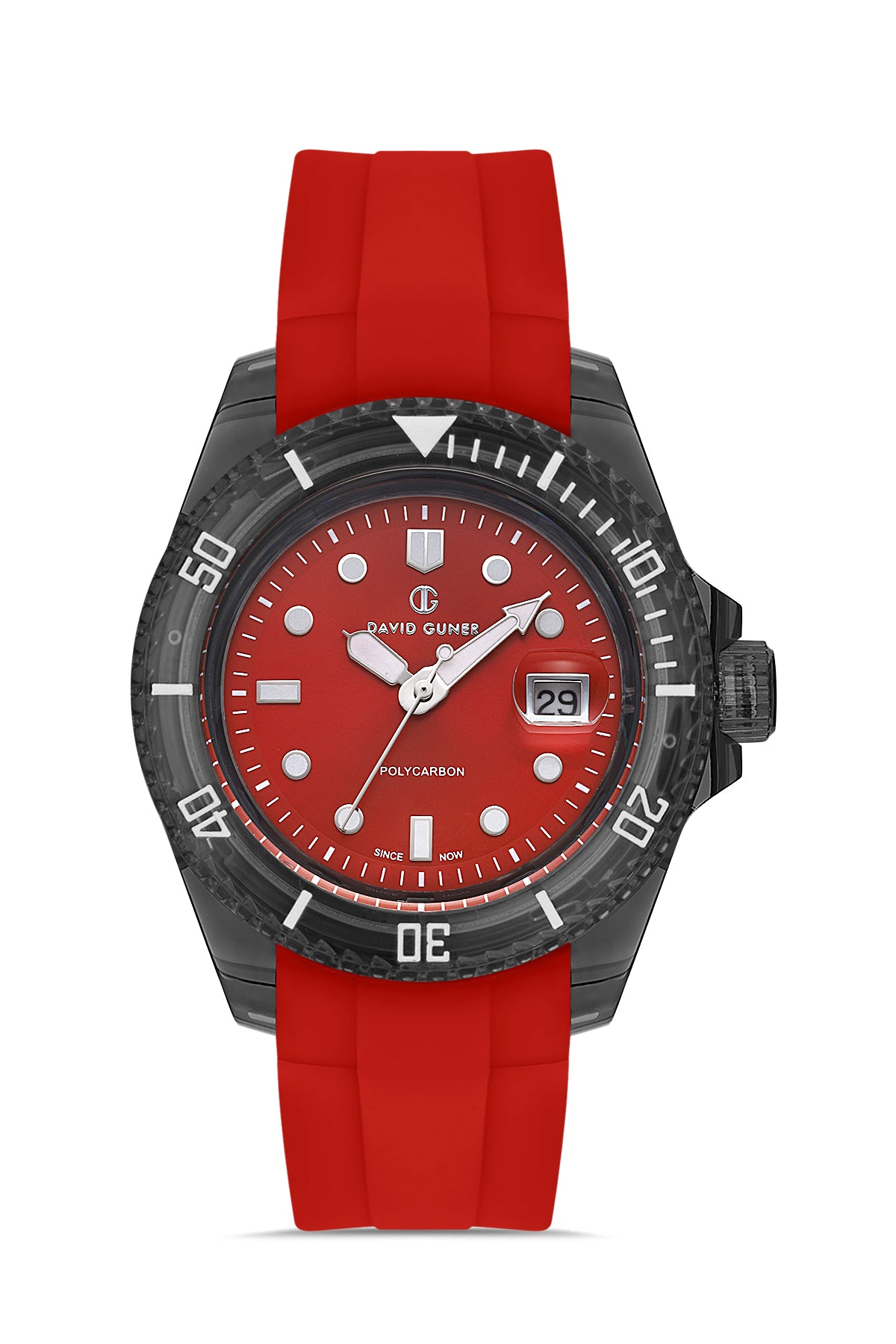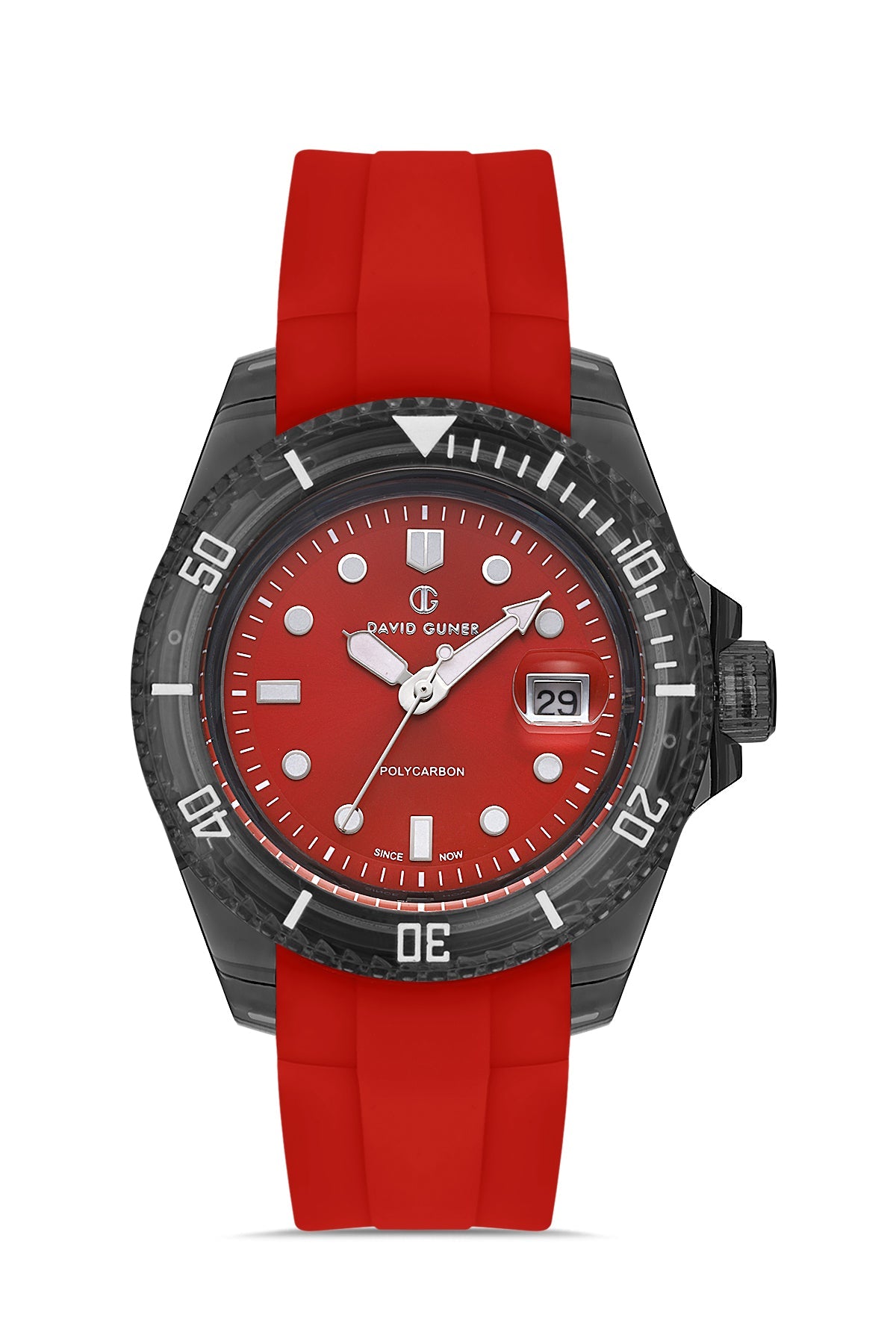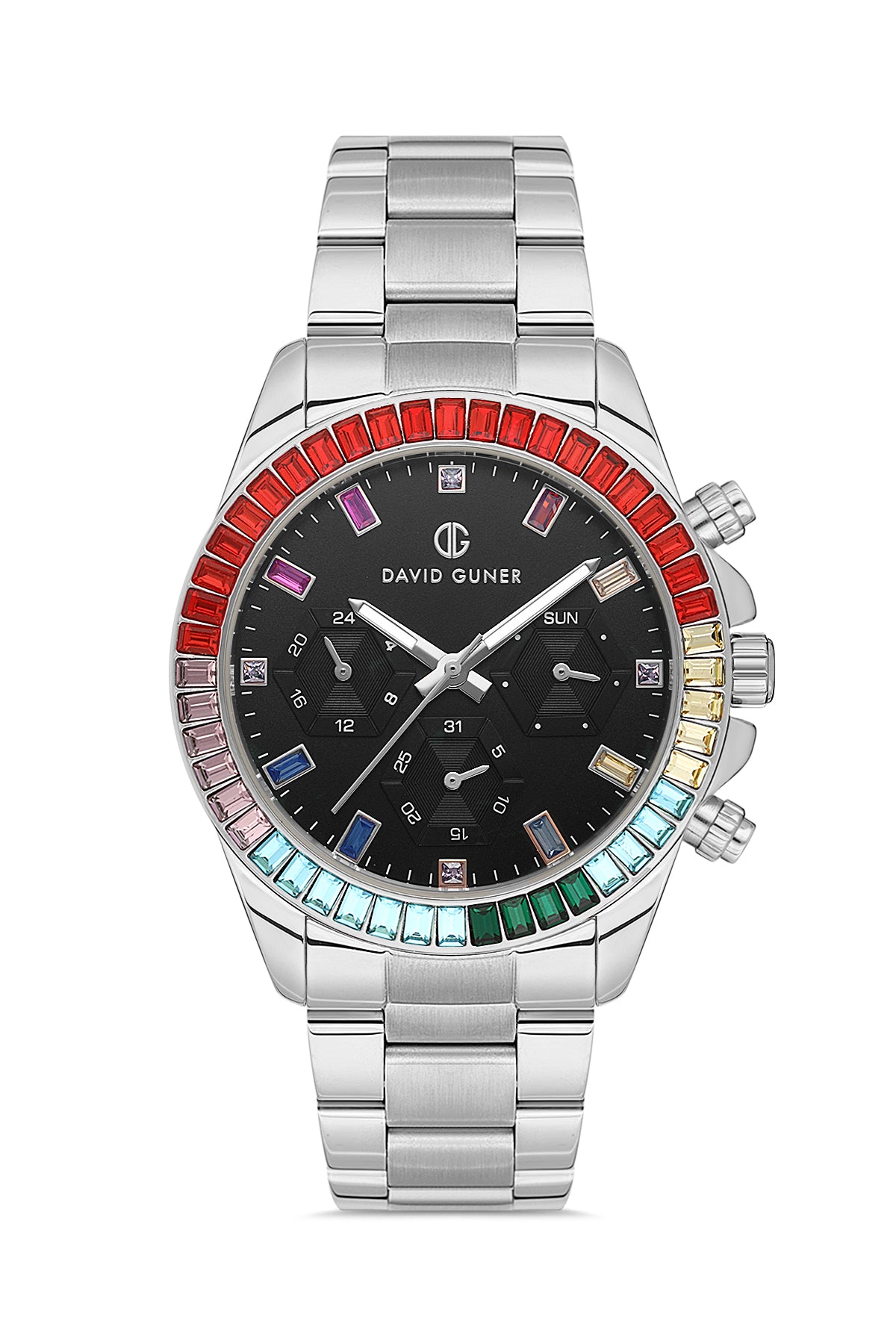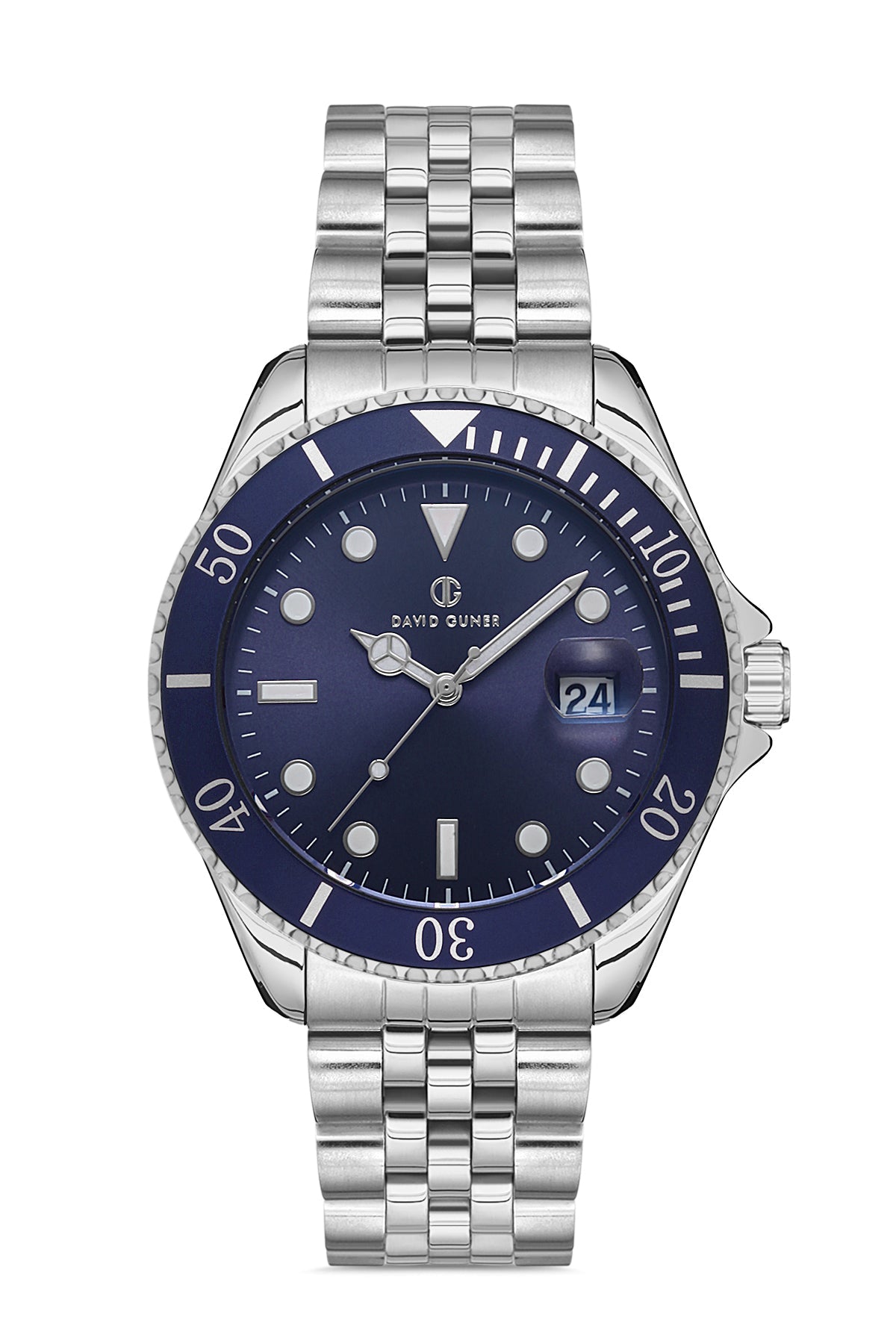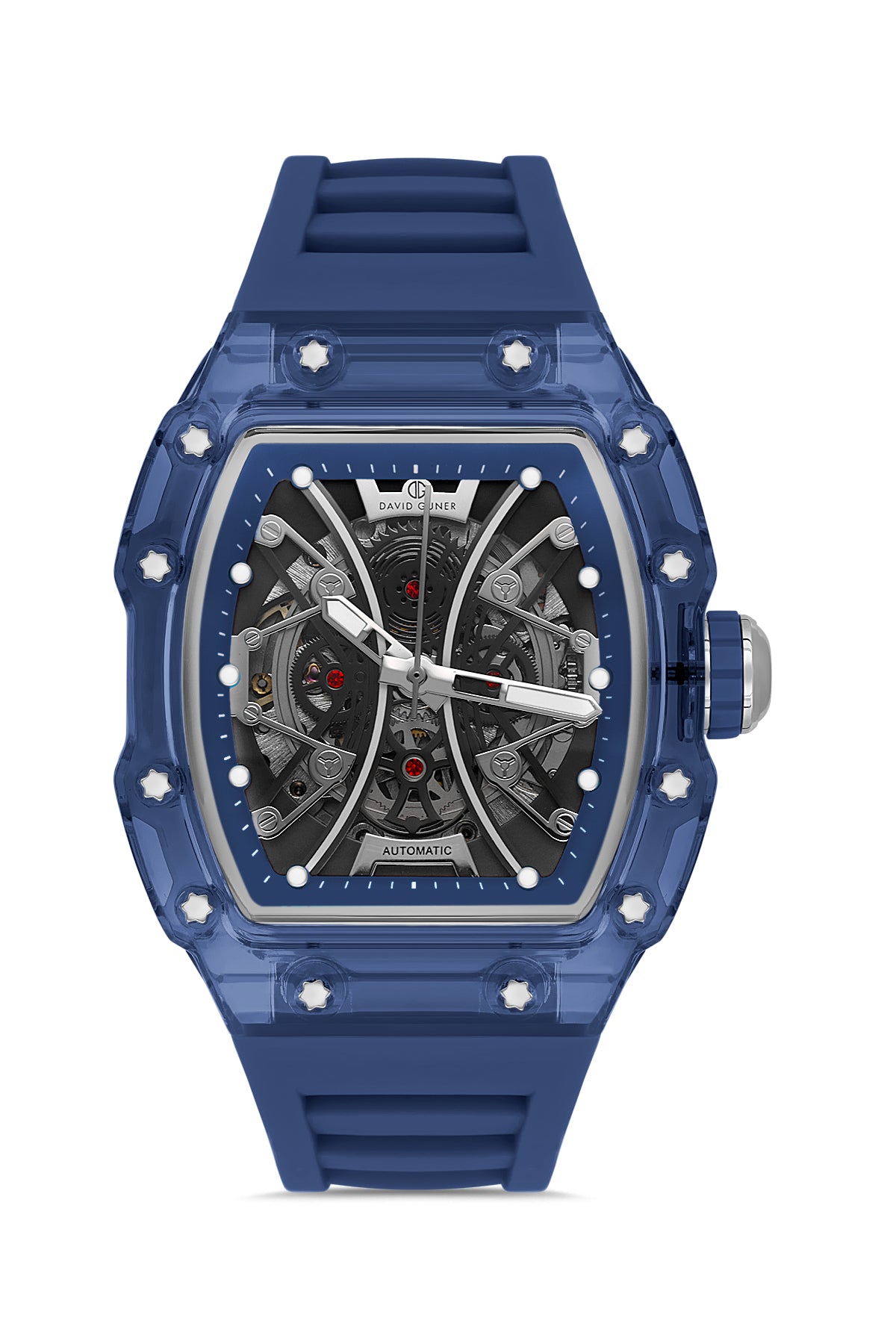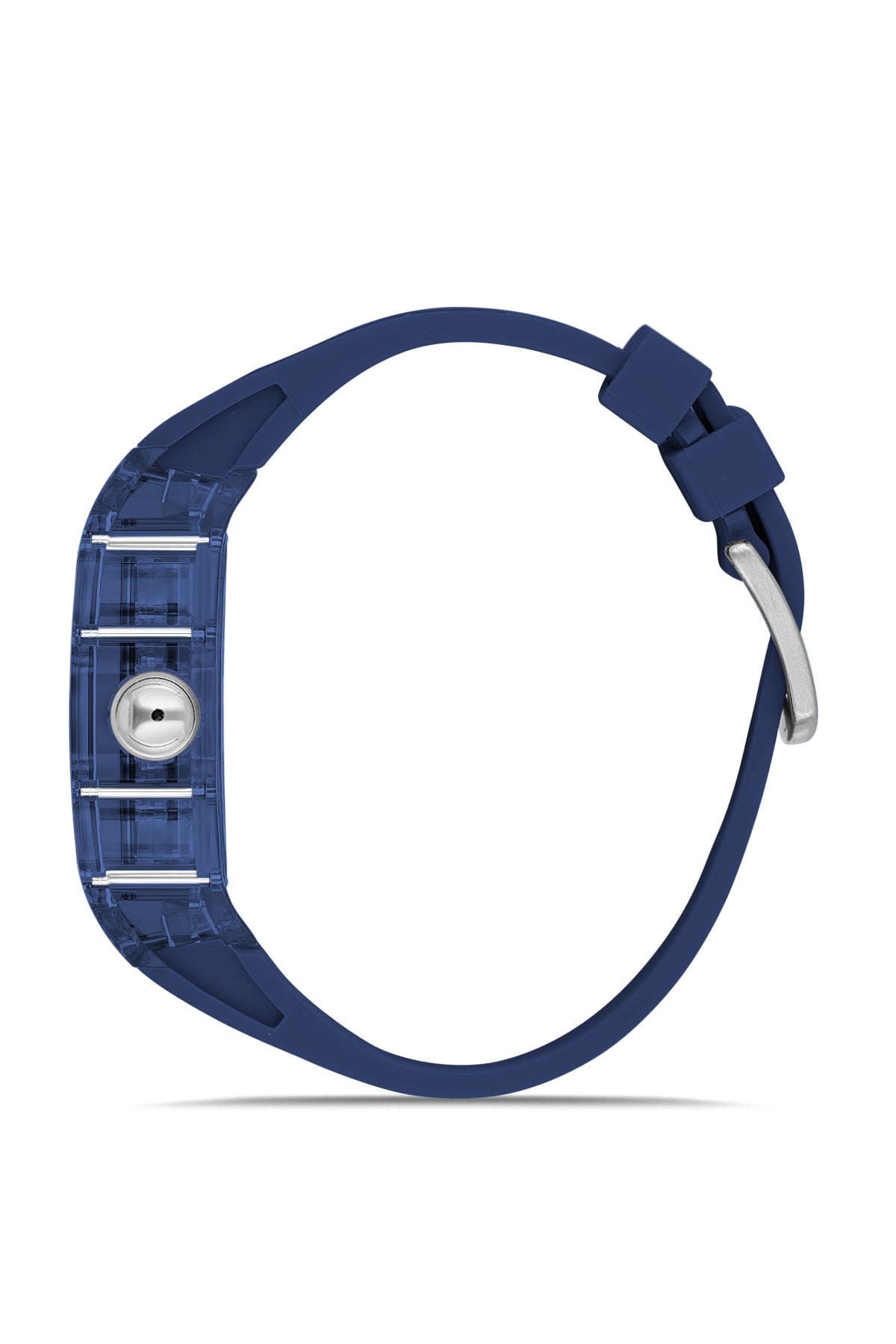Who Invented the Clock and When? The Impressive History of the Watch
Even though time, which is at the center of our daily lives and even controls daily life, still contains mysteries that are difficult to understand, we can follow it and make sense of it with clocks. We can control years, months, weeks, days, hours and even smaller time expressions with clocks.
How interesting and fascinating the concept of time is. Time, described as continuity, represents a concept that has no spatial dimension, even if we try to make sense of it by dividing it. Time has been one of the main topics of people throughout the ages. Time has been studied and its secrets explored through history, philosophy, mathematics, physics and many other sciences. According to ancient Egyptian belief, time represents God himself and is seen as the transformation process of energy. One way or another, time remains intriguing and fascinating. For us, apart from its mystical aspects, it turns into a tool to adjust our day. How Does? With hours, of course.
So, who invented the clock? Who invented the clock? When was the clock invented? Have you ever thought? So, let's embark on a unique journey into the history of the watch together.
Who Invented the Clock and When?
To investigate the answer to the question of who invented the clock and when, we need to ask another question. Which time? A clock, a tool used to measure time, was not at all similar to today's in ancient times. If we go back to the earliest times, the invention of the watch dates back to 4000 BC. The Egyptian civilization followed the sky and discovered the existence of a repeating system by observing the movements of the sun. This is how the sundial came into being. The sun rises and sets every day in a regular manner. The Egyptian civilization, which caught this and discovered the concept of clock by controlling it, invented the sundial. The working mechanism of this clock allows the time to be expressed with sunlight. Since an upright object receives the sun's rays from a different angle every hour, a day can actually be completed by following the shadows it creates. Although it does not work at night when there is no sun, the sundial, which is very functional in distinguishing the day, is a type of clock that is still used today.
After going back to the early days of the watch, it's time for the watch that is frequently used by everyone today, namely the modern watch. There are many different types of watches available today. However, the most common of these are spring clocks produced in modern style. The inventor of modern spring clocks, which are used by everyone and are very popular these days, is a German. Modern spring clocks, which were first designed and produced by inventor Peter Henlein, continue to remain popular. Although he was actually a lock master, he invented the first known winding clock in 1524. After the 16th century, when winding clocks began their life, clocks constantly changed shape and evolved to their current form. Even though they do not have major differences in terms of functionality, watches that differ from each other in terms of size and system meet consumers with very different styles today.
History of the Clock
Researching the history of the clock takes us to the Egyptian civilization. B.C. We are going on a special journey dating back 4000 years. Human beings have always been looking for ways to measure time. Because the watch is much more important than you think. Imagine not knowing when the seasons will start and end? How difficult it would be to live. People wanted to somehow control the time with clock systems in order to be ready. Thus, time divided into smaller and smaller units guided them. For this, we owe a debt of gratitude to the Sumerian, Egyptian, Greek and Roman civilizations.
Following inventions such as the sundial, different clock models such as the hourglass and water clock also emerged. This was followed by many different watch models such as fire watches, chain watches, electronic watches and mechanical watches. The increasing demand for watches after the first winding watch was discovered in 1524 also encouraged the emergence of new watch models. Therefore, the watch has turned into a fashion over time. Over time, it has become more popular and started to be seen as an accessory and a piece of jewelry.
The first pendulum clock was invented in 1656. Of course, it is not right to look for perfection in the watches used at that time. Because there were constant shifts in hours, every day! That's why they had to be reinstalled constantly. However, the clock made by George Graham in 1721 was famous everywhere for its precision. In 1761, John Harrison took the technology a little further and invented a clock that was almost infallible.
What about Chronographes? Yes, they are also among our topics. The first pocket chronometer was invented in 1800. Thus, seconds started to find their way into people's pockets. The first large-scale watch factory started operating in 1850, thus mass production began in watch production.
In 1952, battery-powered watches that we all use appeared. Providing much more flawless performance than winding watches, these watches quickly became popular all over the world.
The development that destroyed battery-powered watches was the invention of electronic watches. When these watches first appeared in 1970, the entire market turned to electronic watches and they are still used even today.
In Which Years Was the Clock Invented?
We need a similar question for the question in which year the clock was invented. What time? The world has witnessed the production of many different watches throughout history. Of course, they were all invented in different places at different times. Egyptians BC. What he did in 4000 BC certainly shed light on the German inventor Peter Henlein in the 1500s. Therefore, we can consider watches as inventions that improve on each other. Each watch produced led to the emergence of a new innovation and thus the perfect system emerged. Of course, this happened in a process that took place over the ages.
In Which Years Were Mechanical Watches Invented?
The journey of mechanical watches also goes back a long way. The history of mechanical clocks, which will replace the old water clocks, dates back to 1275. Following these dates when the clock mechanism emerged, the drawing of a clock mechanism was made for the first time in 1364. While clocks only adorned the towers in city squares in those times, they multiplied over time and spread all over the world.
Clock Types from Past to Present
Watch types have undergone countless changes from past to present. Old watch models are still used today, but today watches come in very different shapes and working mechanisms. Here are some types of clocks:
- Sun clock
- fire clock
- Sand watch
- Water glass
- pendulum clock
- mainspring clock
- Chronograph
- watch with chain
- mechanical watch
- battery powered watch
- electronic clock
- alarm clock
- Digital clock
- Alarm clock







